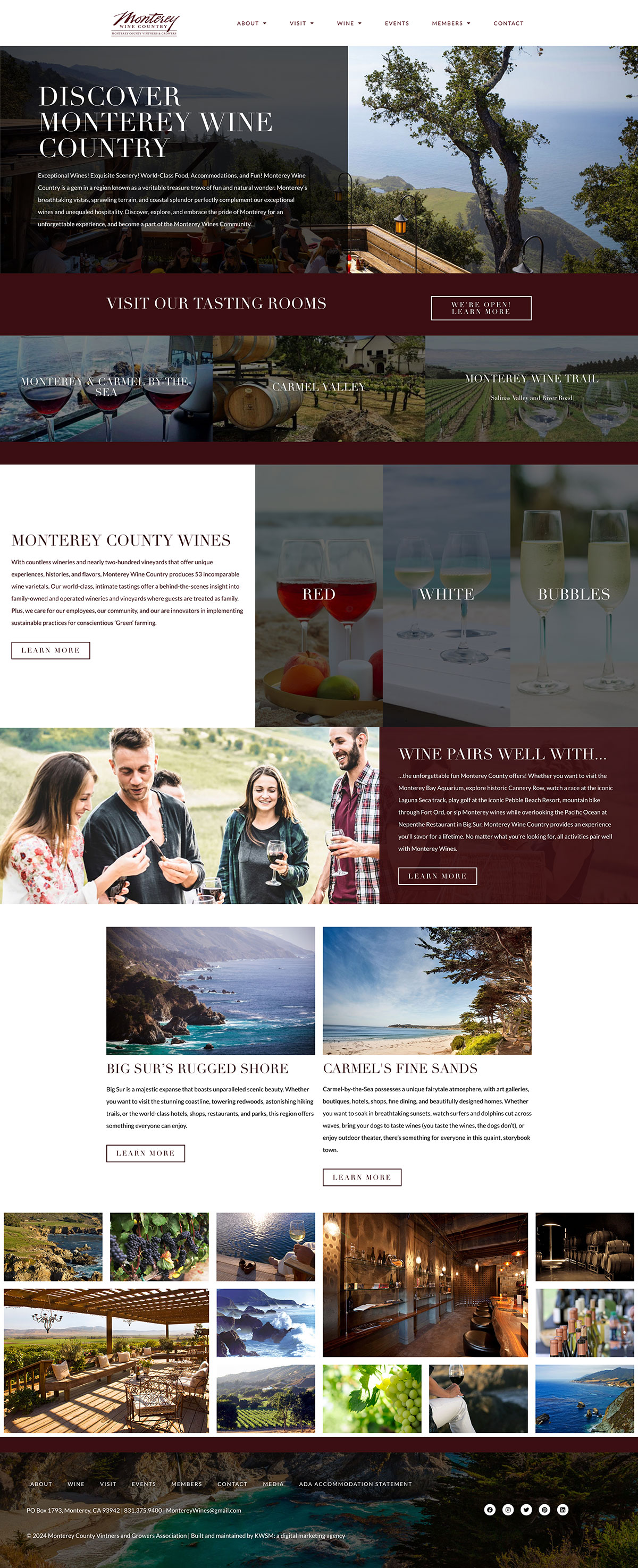
LinkedIn is the top social media channel for networking amongst professionals. This is because, unlike other social media channels, LinkedIn is strictly business. The social media platform and its user community highly encourage the sharing of professional information over updates.
However, for some business owners, establishing a balance between marketing a company and managing a personal profile can be challenging. Understanding what types of content are appropriate to share and how to strategize can be daunting, but LinkedIn means business, and so do we.
Here are some tips to help you build a marketing strategy for your LinkedIn profile and company page:
Stick To What You Know
Post content that is not only relevant to the LinkedIn community, but also specifically relates to what you specialize in. Those pictures of your newborn nephew belong on Facebook, but if you’re a childcare company, an article on child development would be deemed acceptable. In other words, keep it professional. Your company page should feature business information, news, and outside content that highlights your best practices. Personal profiles should showcase you as a professional, not your fun weekend self. Think about it this way: What can you contribute to the other professionals in your network? If you can earn a reputation as a trusted resource, your connections will appreciate you for adding value to the community.
Have A Goal
When you decide to create a social media presence for yourself and your brand, you should have a clear goal in mind. Do you want to increase sales or drive more traffic to your website? Maybe all you want is to simply establish an online brand presence. Setting a goal will help you to determine what strategies you need to implement. In order to see an increase in sales, you may need to promote your products or services as well as connect with potential clients on LinkedIn. To drive traffic to your website, you will need to post links to your website and monitor engagement. Share engaging company information will help to create a brand presence for your business. It all boils down to cause and effect. Understanding what you want will help you plan out the necessary steps to achieve your goal.
Utilize Both Your Personal Profile And Company Page
If you have two outlets to channel information through, why would you send out the same content every day on both pages? Two pages means double the opportunities to market yourself and your business. Take advantage of both your personal profile and company page by posting unique and original content every day. While company pages should be mainly limited to information and news pertaining to your business or industry, your personal profile allows for greater creative freedom. Post on Pulse, network with other users in groups, and establish a trust factor with your connections by consistently sharing useful content in updates. Feel free to occasionally cross-promote your business page on your personal profile. Chances are, you’ll have more connections than fans, and linking to your business page will let your connections know your business has a presence on LinkedIn. It’s a great way to gain more page followers!
Target Your Audience
Targeting your audience begins by deciding who you want to connect with. This goes beyond using your industry as a common denominator. For example, connecting with your competitors won’t help you drive sales because your competitors’ success unfortunately means your loss. Make connections strategically to help move your business goals forward. Think of professionals who you would benefit from doing business with or other people who could potentially refer business to you. Once you’ve connected with the right people, make sure the content you’re sharing is compelling to them. Industry news will show you’re knowledgeable and interested in staying up to date. Updates that showcase your company culture give your connections an idea of who your team is and who they would potentially work with. And finally, articles that relate to the customer directly can give your potential client an idea of what the customer experience would be like if they were to do business with you. Just remember: What you decide to share can say a lot about who you are as a professional.
Want more insight on the best social media practices for your small business? Sign up for our next Social Media Bootcamp!










